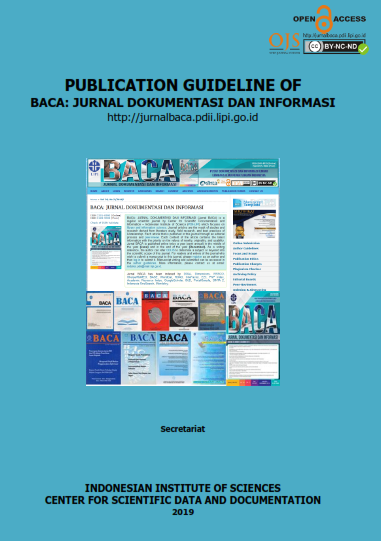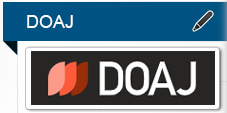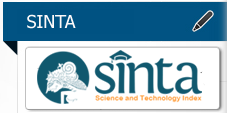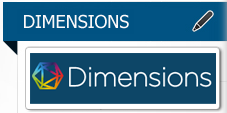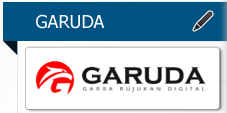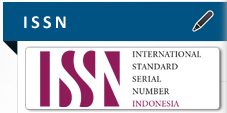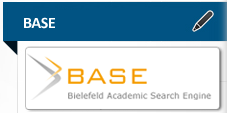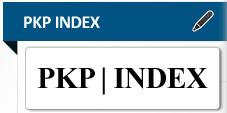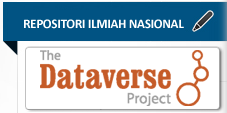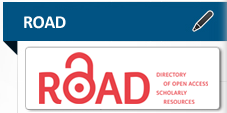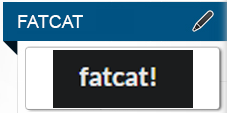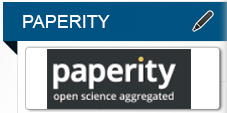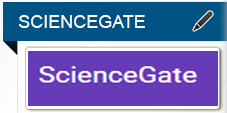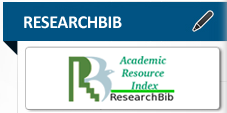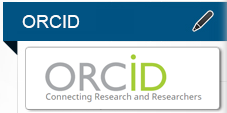ANALISIS TINGKAT KEPUASAN PEMUSTAKA TERHADAP LAYANAN DI PERPUSTAKAAN BALAI ARKEOLOGI DAERAH ISTIMEWA YOGYAKARTA DENGAN METODE LIBQUAL +TM
Abstract
The purpose of this study was to determine the satisfaction of users of the quality of service in the Balai Arkeologi Daerah Istimewa Yogyakarta library using the LibQUAL+TM, in this method there are four indicators namely affect service, library as place, personal control, and information access. The research method used in this study is to use quantitative methods. The population in this study is the visitors who come to the library from April to December 2018. The sample used in this study amounted to 50 respondents. Gap analysis shows that the overall dimensions of LibQUAL+TM are negative. So there is a need for corrective actions to meet the user’s expectations. By using importance-performance analysis, it was found that subvariable personal control on modern equipment items (items 20) had a gap of -0.76. The user assumed that the photocopy machine facilities and infrastructure were needed by the user, but in fact the photo copy service was not provided by the library. Whereas the value of the User Satisfaction Index at the Balai Arkeologi Daerah Istimewa Yogyakarta library shows a number of 87.43%, which indicates the user satisfaction index is satisfied with the performance of library services.
Keywords
Full Text:
PDFReferences
Aliza, D.N, & Ardoni, A. 2017. Penggunaan Metode LibQUAL+TM untuk Mengukur Kualitas Layanan di UPT Perpustakaan UNP. Jurnal Informasi Perpustakaan dan Kearsipan, 6 (1), 210–19.
Bhote, K. R. 1996. Beyond Customer Satisfaction to Customer Loyalty: The Key to Greater Profitability. New York: American Management Association.
Budd, J.M. 2005. The Changing Academic Library: Operations, Cuhures, Environments. America: ACRL Publicationsin Librarianship.
Daniel, C.N. & Berinyuy, L.P. 2010. Using the SERVQUAL Model to Assess Service Quality and Customer Satisfaction. An Empirical Study of Grocery Stores in Umea. Umeå Universitet.
Fatmawati, E. 2012. Evaluasi Kualitas Layanan Perpustakaan FEB UNDIP Berdasarkan Harapan dan Persepsi Pemustaka dengan Metode LibQUAL+TM.” Berkala Informasi dan Perpustakaan, 8(1), 1–18.
Fatmawati, E. 2013. Mata Baru Penelitian Perpustakaan dari Servqual ke LibQUAL+TM. Jakarta: Sagung Seto.
Nurkertamanda, D. & Wirawan, P. 2009. Usulan Konsep Peningkatan Kepuasan Pengguna Perpustakaan dengan Menggunakan Metodologi Libqual+TM dan Quality Function Deployment. Jurnal Teknik Industri, 4(2), 123–36.
Prasetyo, D.N. 2016. Evaluasi Kepuasan Pemustaka terhadap Kualitas Layanan di Perpustakaan Perguruan Tinggi Alma Ata Yogyakarta dengan Metode LibQUAL+TM. Yogyakarta: UIN Sunan Kalijaga.
Prihati, Y. 2011. Model Matematis Pembandingan Tingkat Kepentingan dan Kinerja yang Dirasakan untuk Menentukan Tingkat Kepuasan Pelanggan. Majalah Ilmiah Informatika, 2(2), 1–14.
Saputro, B.I. 2012. Perkembangan dan Peran Perpustakaan Khusus Balai Arkeologi Yogyakarta Sebagai Pendukung Penelitian Arkeologi. PAPUA, 4(1), 73–87.
Sugiyono, S. 2009. Metode Penelitian Kuantitatif Kualitatif dan R&D. Bandung: Alfabeta.
Supranto, J. 1997. Pengukuran Tingkat Kepuasan Pelanggan. Jakarta: Rineka Cipta.
Suwarno, W. 2016. Organisasi Informasi Perpustakaan. Jakarta: Rajawali Pers.
Thompson, et al. 2012. Layanan Cinta: Perwujudan Layanan Prima Perpustakaan. Jakarta: Sagung Seto.
Wijaya, T. 2011. Manajemen Kualitas Jasa. Jakarta: PT.Indeks.
Woodward, J. 2009. Creating The Customer Driven Academic Library. Am.
DOI: https://doi.org/10.14203/j.baca.v41i1.546
Copyright (c) 2020 BACA: JURNAL DOKUMENTASI DAN INFORMASI

This work is licensed under a Creative Commons Attribution-NonCommercial-NoDerivatives 4.0 International License.











